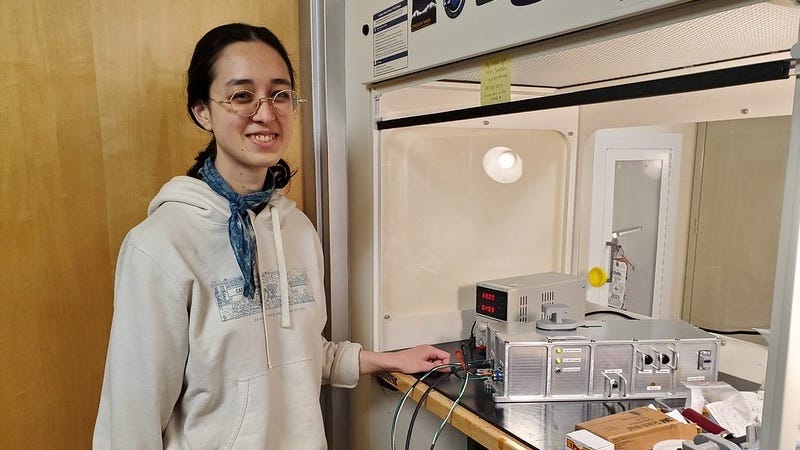ELVIS Set to Enter Orbit
Holographic Microscope Will Launch on NASA’s SpaceX CRS-32 Mission
Don't get out your tinfoil hat. This ELVIS is a scientific instrument, not the King of Rock and Roll. The Extant Life Volumetric Imaging System, dubbed ELVIS, is an innovative holographic technology designed to deliver detailed 3D views of cells and microbes. The system allows scient…
Keep reading with a 7-day free trial
Subscribe to The Journal of Space Commerce to keep reading this post and get 7 days of free access to the full post archives.



